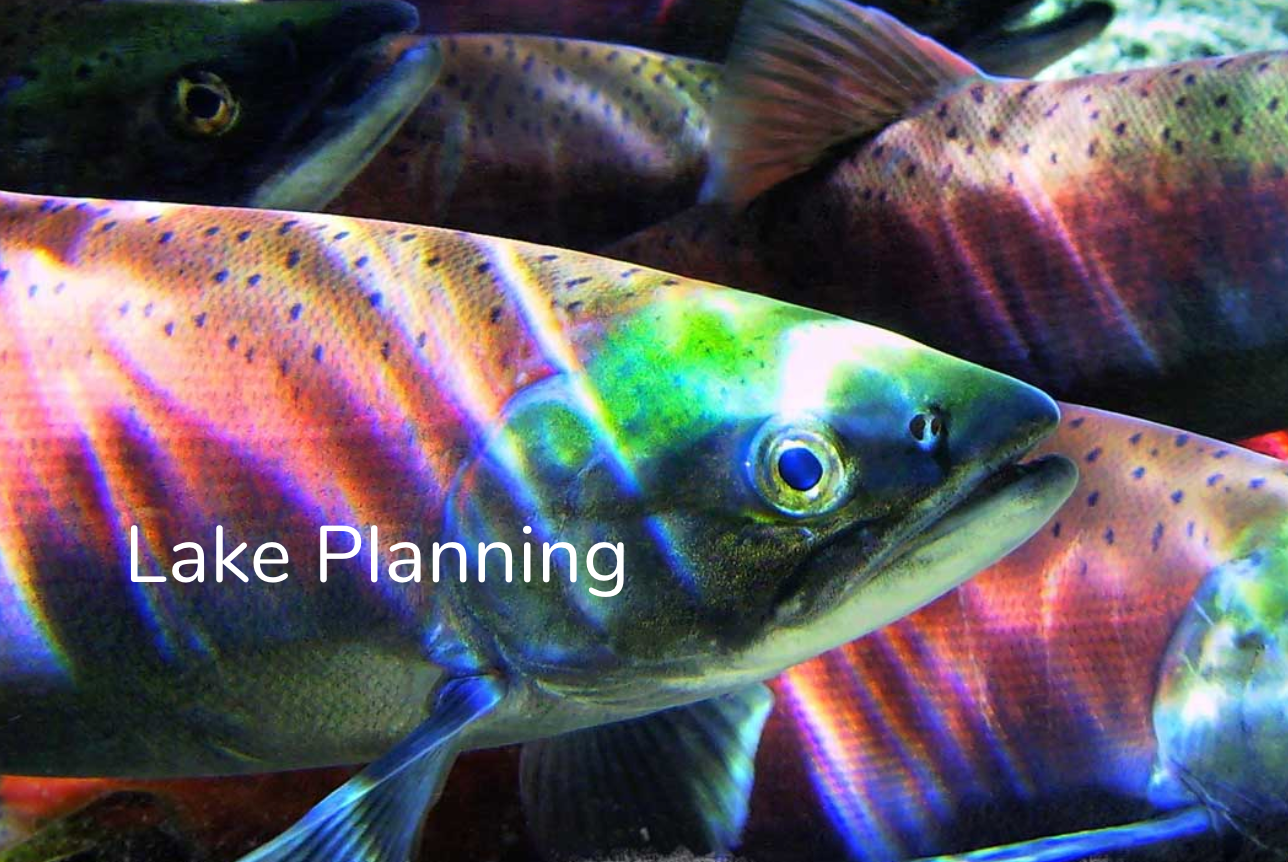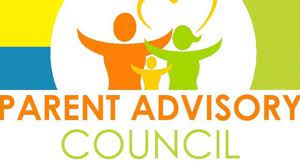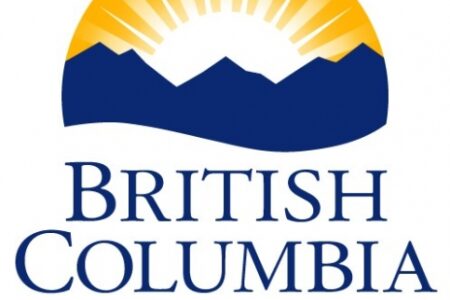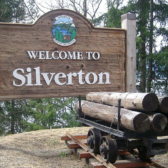Public invited to attend Kootenay Lake Partnership open house
The Kootenay Lake Partnership is inviting Kootenay Lake residents to attend a public open house on Wednesday, July 25, from 6:30-8:30 p.m. at the Balfour Community Hall with a presentation at 7 p.m.
This open house will provide the public with an opportunity to learn more about the Kootenay Lake Shoreline Guidance Document, which is the result of a comprehensive Sensitive Habitat Inventory Mapping Project that involved an inventory and assessment of ecological, archaeological and Ktunaxa cultural values along the shoreline of Kootenay Lake.
“The Kootenay Lake Partnership brings together diverse voices from various government agencies including First Nations, and community interests to protect the shoreline,” said Heather Leschied, Chair of the Kootenay Lake Partnership.
Creating the Shoreline Guidance Document began in 2012 as an initiative of the Kootenay Lake Partnership, a multi-agency partnership brought together to support collaborative management approaches for a productive and healthy Kootenay Lake ecosystem. In the summer of 2017, the Kootenay Lake Partnership hosted a series of six open houses and workshops around the lake in the communities of the North Shore, Kaslo, Boswell, Wynndel, Yaqan Nukiy, and Nelson.
The Shoreline Guidance Document directs shoreline development activities such as docks, retaining walls, mooring buoys, or dredging activities in an effort to protect high value shoreline habitats. The intent of the Shoreline Guidance Document is to allow common, low-risk shoreline activities to proceed with minimal regulatory oversight. Where risks are higher, specific requirements would be needed to protect and restore important fish and wildlife habitats, and archaeological and Ktunaxa Nation cultural values.
The Shoreline Guidance Document is intended to achieve key goals, such as helping assist in the recovery of fish habitat values lost to past development impacts, and the on-going protection of archaeologically significant areas.
“The Kootenay Lake Partnership believes that is it possible and desirable to manage our watersheds and their natural surroundings in a sustainable manner and that sustainable management is the shared responsibility of all stakeholders; including proponents, professionals, all levels of government and community members,” said Ms. Leschied.
About Kootenay Lake Partnership
On January 21, 2010, Fisheries and Oceans Canada invited several federal and provincial agencies, as well as First Nations, and local government representatives to a meeting in Nelson, BC to talk about development pressures on and around Kootenay Lake. At the meeting, discussions were focused on the increased development pressures on the lake and surrounding area, where individual development proposals could no longer be adequately evaluated by municipal, provincial, federal, and First Nation authorities to determine cumulative impacts without lengthy delays and additional costs. There were expressed concerns about sustaining water quality, and supporting aquatic life, recreation quality, and drinking water.
All participants agreed to join together in this effort and the Kootenay Lake Partnership was created. Participants include the Regional District of Central Kootenay, Fisheries and Oceans Canada, BC Ministry of Forests, Lands, and Natural Resource Operations and Rural Development, Ministry of Transportation and Infrastructure, Interior Health Authority, Yakan Nukiy (Lower Kootenay Band), Ktunaxa Lands and Resource Council, Canadian Columbia River Inter-Tribal Fisheries Commission, City of Nelson, and Village of Kaslo represented by Regional District of Central Kootenay.
The Kootenay Lake Partnership is a multi-agency initiative which has been developed to support a productive and healthy Kootenay Lake ecosystem into the future. The project envisions balanced land and water uses that sustain environmental, community, recreational, aboriginal cultural, traditional, and aesthetic values. The mission of the Partnership is to share information and optimize available resources, in order to develop integrated, collaborative approaches to lake management.


























